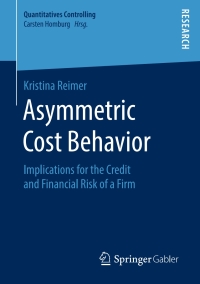Answered step by step
Verified Expert Solution
Question
1 Approved Answer
Windmere Corporation's statement of financial position at December 31, 2020, appears as follows: Cash $63,000 1,107,000 Other current assets Capital assets (net) 7.140,000 Total $8,310,000




Step by Step Solution
There are 3 Steps involved in it
Step: 1

Get Instant Access to Expert-Tailored Solutions
See step-by-step solutions with expert insights and AI powered tools for academic success
Step: 2

Step: 3

Ace Your Homework with AI
Get the answers you need in no time with our AI-driven, step-by-step assistance
Get Started


